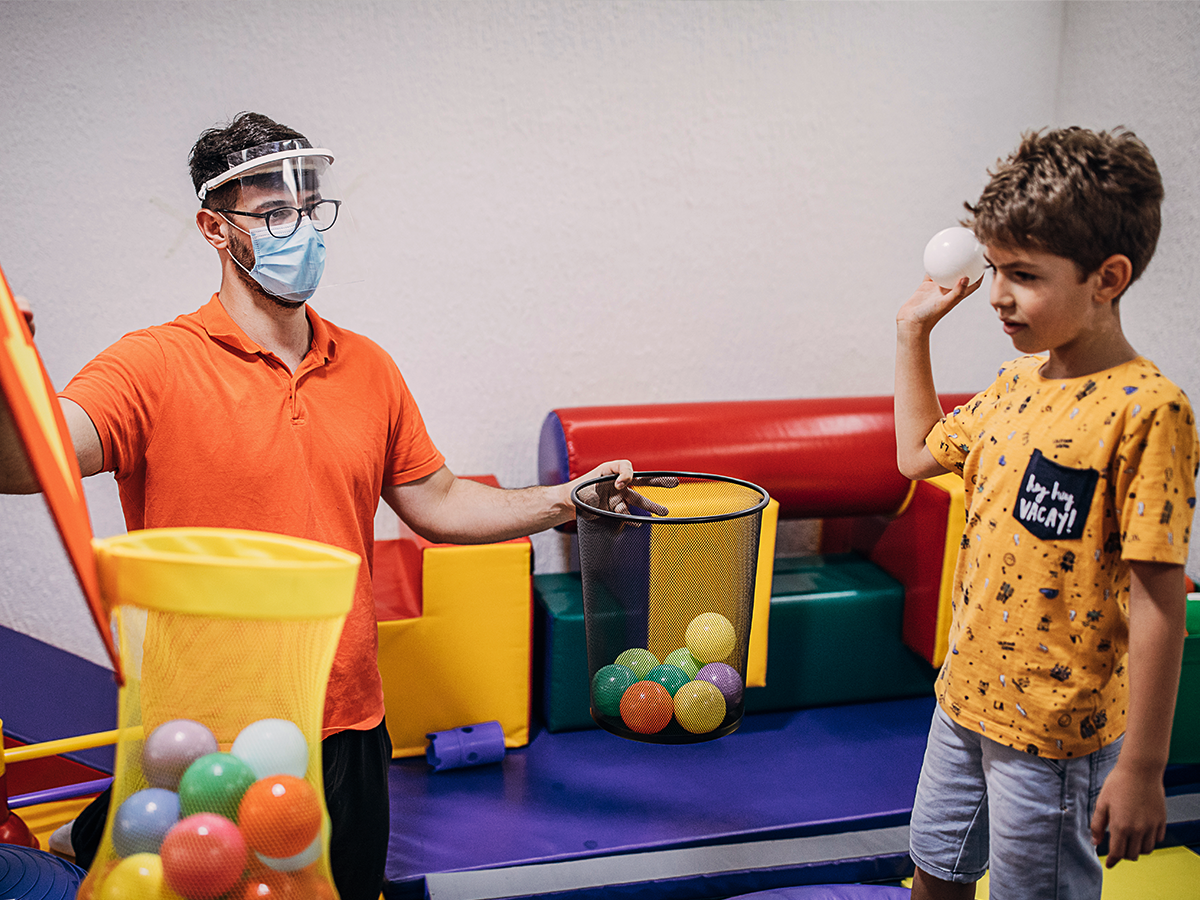
What Are the Different Methods of Occupational Therapy?
Occupational therapy focuses on the functional abilities of patients. It may focus on changes in a patient’s daily activities. An occupational therapist in Abu Dhabi may recommend grabbing bars for the shower. Depending on the patient’s needs, occupational therapy may be done in a home, school, or nursing home. The goal of occupational therapy is to maximize independence. Some patients benefit from multiple activities at once, such as daily meal preparation and household cleaning. In this article, we will discuss some different methods of occupational therapy.
Physical therapy.
This involves exercises and other physical activities that promote mental competence and independence. It can improve a person’s physical abilities or modify their environment. It can teach a person to use a walker after a hip replacement or to use a dressing aid. It can also be used to help people complete activities of daily living. The most common types of occupational therapy are manual therapy and vestibular rehabilitation.
Activity-based:
The first method is activity-based. The therapist will observe a patient’s activities and develop a plan to improve their performance. The therapist may visit the patient’s home, school, or workplace to implement strategies. Some of these methods can involve the use of adaptive techniques. For example, someone with paralysis in their arm can learn to dress, fasten buttons, and tie their shoes. Eventually, these techniques will become easier.
Prosthesis:
A third method is a prosthesis. These are artificial body parts. These are usually limbs, but sometimes they can be a whole arm. The therapist will train the patient on using the artificial limb and control it properly. The therapist may also prescribe an artificial limb, such as an arm or a pincer. A prosthetic arm may be worn to relieve pain or compensate for paralysis.
Combination of physical and cognitive interventions:
The first method is a combination of physical and cognitive interventions. A therapist will create a plan of care based on the patient’s goals. This treatment involves teaching the patient how to do everyday tasks and change their daily routines. If necessary, a therapist may prescribe special adaptive equipment for a patient at home. In some cases, this may be all that is needed to improve a person’s quality of life.
Patient-centered approach:
Another method is a patient-centered approach. A therapist will work closely with the patient to develop a plan of care that focuses on specific goals. During the first session, the therapist will assess the patient’s abilities and determine the best intervention. During the second session, the therapist will design a treatment plan based on the patient’s goals.

















